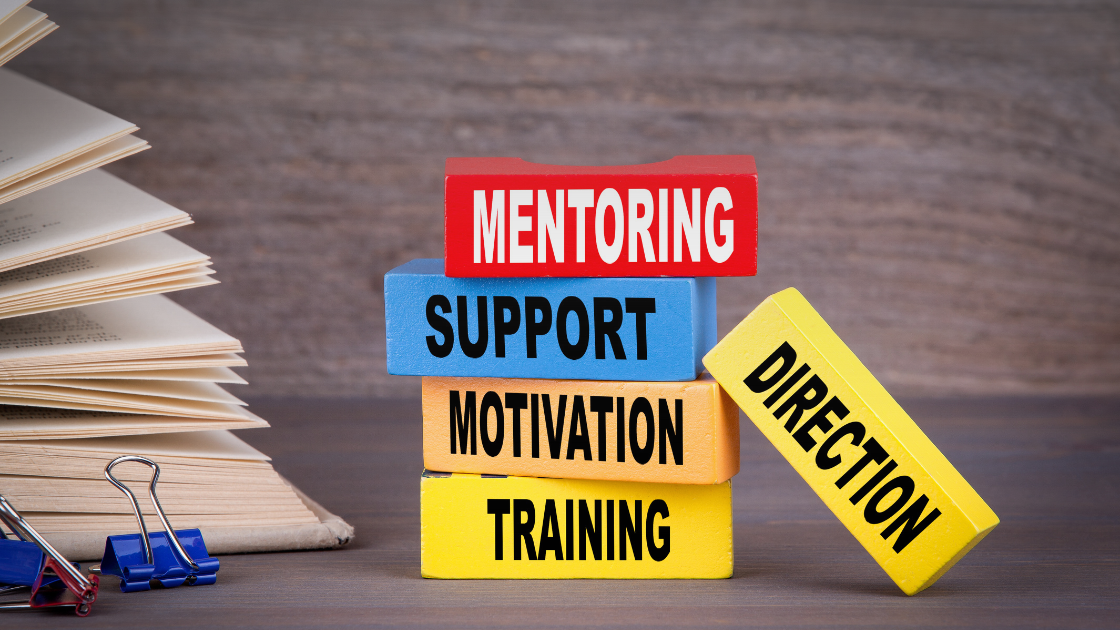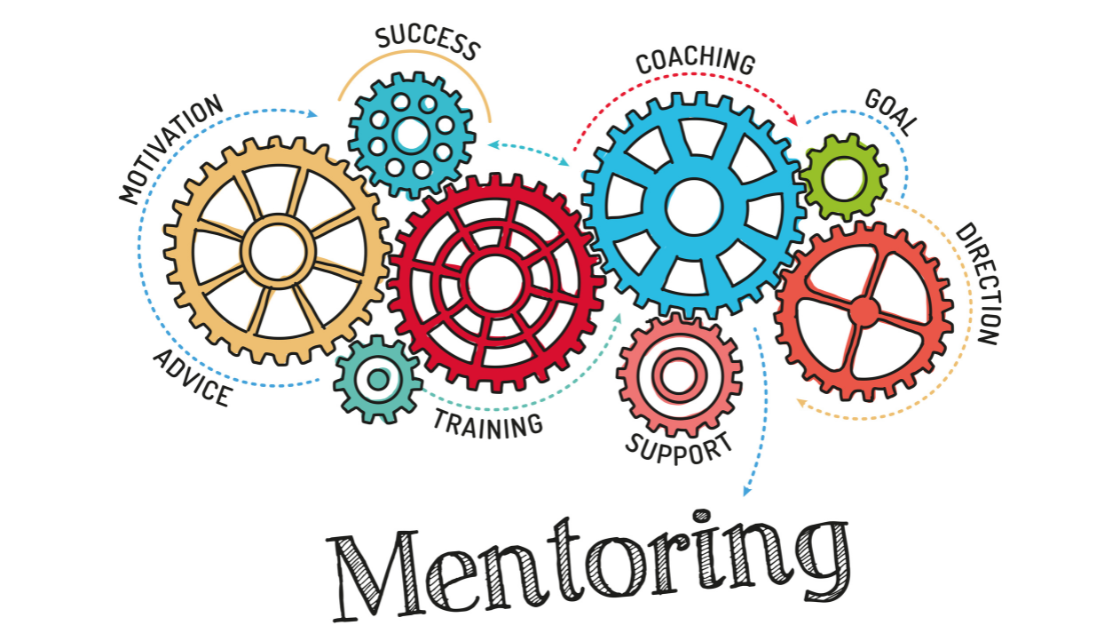Zeeshan and Karina Hayat on Strategic Innovation: How to Drive Change Without Breaking What’s Already Working

Innovation is the engine of growth. It brings new ideas, unlocks new markets, and keeps businesses competitive in a fast-evolving world. But here’s the challenge: most successful businesses are already doing something right. So how do you introduce meaningful change without breaking what’s already working?
The answer lies in strategic innovation—a balanced approach that embraces progress while protecting proven systems. It’s not about tearing everything down to build something new. It’s about evolving deliberately, with clarity and intent.
Let’s explore how businesses can innovate without disruption—by building on strengths, reducing risk, and guiding change in the right direction.
Why Innovation Feels Risky
Innovation can feel like a threat to stability. Teams fear that new initiatives might disrupt core operations or alienate loyal customers. Leaders worry that investing in change could stretch resources or distract from profitable activities.
These concerns are valid—but they can also become roadblocks. When businesses resist innovation out of fear, they risk becoming outdated. On the other hand, moving too fast without strategic alignment can damage the very systems that made success possible in the first place.
Strategic innovation is about finding the middle ground: moving forward without losing what already works.
Start with Clarity on What’s Working—and Why
Before making any changes, take stock of what already works well. Identify the core strengths that have built customer trust, driven results, and created internal momentum. Ask:
- What are our highest-performing products, processes, or touchpoints?
- Why do customers choose us over others?
- What differentiates our brand or service?
This clarity helps anchor innovation in value—not just novelty. You don’t need to fix what isn’t broken; you need to understand it deeply so you can enhance it, scale it, or protect it while introducing new elements.
Innovate Around the Edges First
One of the most effective ways to drive change without disrupting the core is by innovating at the edges. This could mean launching a pilot project, experimenting with a new channel, or testing a different service tier.
Instead of overhauling core operations, find areas with lower risk and higher flexibility. Small, focused experiments allow you to learn, gather data, and adjust before rolling out broader changes. This incremental approach creates space for learning and minimizes resistance.
Over time, these “edge innovations” can inform and support bigger strategic shifts—without the chaos of abrupt transformation.
Balance Stability with Agility
Strategic innovation involves a balance between two forces: stability and agility.
Stability ensures continuity. It supports systems, structures, and routines that allow a business to deliver consistent value. Agility, on the other hand, enables a business to respond to change, adapt quickly, and seize new opportunities.
The key is to design systems that can do both—run today’s operations efficiently while staying open to evolution. This could involve:
- Cross-functional teams that explore future trends while others optimize current performance
- Separate spaces (digital or physical) for experimentation
- Feedback loops that connect real-time learning with strategic decisions
A dual-approach ensures innovation complements your current operations, rather than competes with them.
Engage Teams in the Innovation Process
Change is far more effective when people feel involved in it. Too often, innovation is introduced from the top down without team input. This creates confusion, resistance, and missed opportunities.
Involve your teams early. Ask for their ideas, feedback, and perspectives. They often see gaps and opportunities that leadership may miss. When people participate in shaping the future, they’re more likely to support it.
Also, equip teams with the tools and mindset to experiment. Celebrate learning—not just outcomes. Innovation thrives in cultures where curiosity, collaboration, and continuous improvement are valued.
Protect Core Customer Relationships
While innovating, one area you can’t afford to lose sight of is your relationship with customers. Innovation should enhance the customer experience—not complicate it.
Before launching new features, tools, or services, ask: Does this improve ease, value, or impact for the customer? Test new ideas with a segment of your audience. Gather real feedback and iterate based on what you learn.
Your core customers are the foundation of your business. Keep them at the center of your innovation strategy.
Measure Impact, Not Just Activity
Innovation isn’t just about launching new things—it’s about delivering new value. That’s why measuring the right things is crucial.
Don’t just count how many ideas are tested. Focus on the impact of those ideas. Are they solving real problems? Are they improving efficiency, engagement, or revenue? Are they building toward your long-term strategic goals?
A clear innovation dashboard—aligned with both financial and non-financial metrics—helps ensure efforts stay focused and meaningful.
Conclusion: Evolving with Purpose
Innovation doesn’t have to come at the cost of stability. In fact, the most successful companies are those that innovate because they want to protect and expand what already works.
Strategic innovation is thoughtful. It honors what’s built while being bold enough to ask, “What’s next?” It allows businesses to adapt without unraveling, and to transform without losing their core identity.
In a world that won’t stop changing, businesses must change too—but they can do it without losing what made them strong in the first place.
About The Hayats
Karina and Zeeshan Hayat are entrepreneurs with a long-standing track record of driving innovation and creating meaningful social impact. With over 20 years of experience across various sectors, they have co-founded and led several digital ventures focused on sustainable growth and business development. Known for their strategic thinking and ability to help organisations expand effectively, they also dedicate time to mentoring emerging business leaders. Their commitment to giving back is reflected in their work with 100 Meals a Week, a charitable initiative supporting underserved communities in Vancouver’s Downtown Eastside and parts of Florida.












